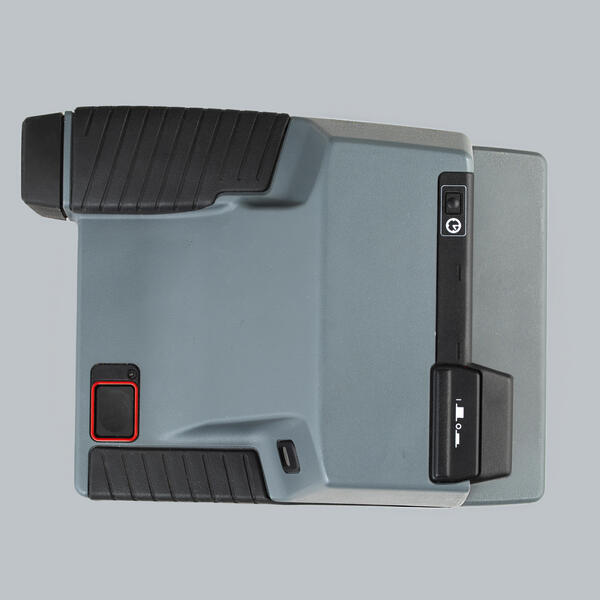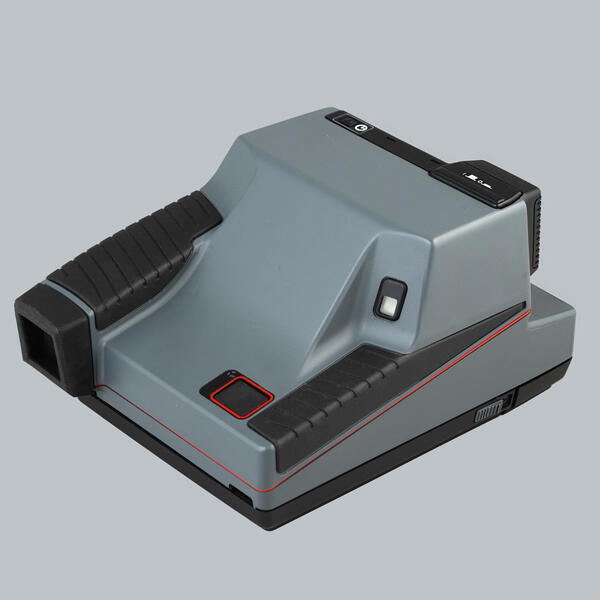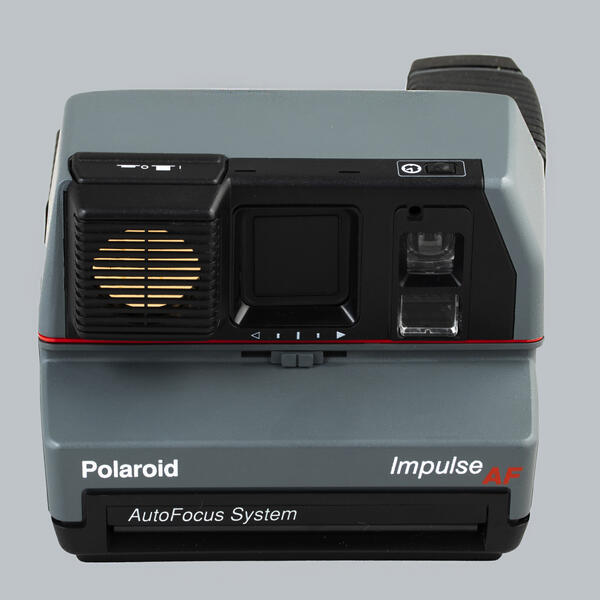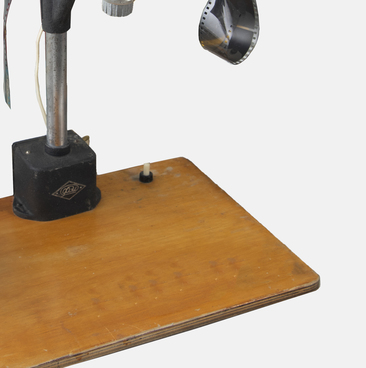The Polaroid camera was invented by Edwin Herbert Land, a grandson of Russian immigrants: he was inspired by his three-year-old daughter who asked him why she could not immediately see the picture he had just taken. It took Land three years to develop the technology, and during that time he patented several hundred others.
The Polaroid company was founded by Edwin Land in 1937. The main products that the company produced were polarized glasses, X-ray film, and night vision devices. Edwin Land had a total of 535 patents.
In November of 1948, the first profit model of the Polaroid Land 95 camera went on sale. It took pictures in gray shades and had a significant limitation: after the film emerged from the camera, photographers had to wait exactly 60 seconds before peeling off the negative backing of the image. Despite this, the entire batch of 56 cameras and their special cassettes sold out on the first day. The cameras sold out faster than they were produced. In the first year, the Polaroid camera sales brought the company 5 million dollars.
Polaroid released a contrasting black-and-white film two years later in 1950. In the early 1960s, Polaroid released a color film called Polacolour.
The camera, which immediately ejects developed images, was introduced in 1972. It was the Polaroid SX-70 — the iPhone of its time. Edwin Land appeared on the cover of Life magazine with the headline reading “A Genius and his Magic Camera”. The Oscar-winning actor Laurence Olivier became the face of the ad campaign. It was the first instance of camera advertising involving an actor.
Polaroid cameras were also assembled in the USSR and then in Russia. In the 1980s, the vice-president of the Academy of Sciences of the Soviet Union and Academician Yevgeny Velikhov met with McAllister Booth, the president of the Polaroid company. It was decided to establish a joint production of cameras in the USSR.
This cooperation resulted in a joint venture called
Svetozor, which produced the Supercolor 635CL and 636 Closeup models. There was
a plan to make 350,000 cameras over six years. But after five years, the
enterprise began to produce 200,000 cameras a year. But even that was not
enough, as Polaroid sales in the USSR exceeded one million units per year.





